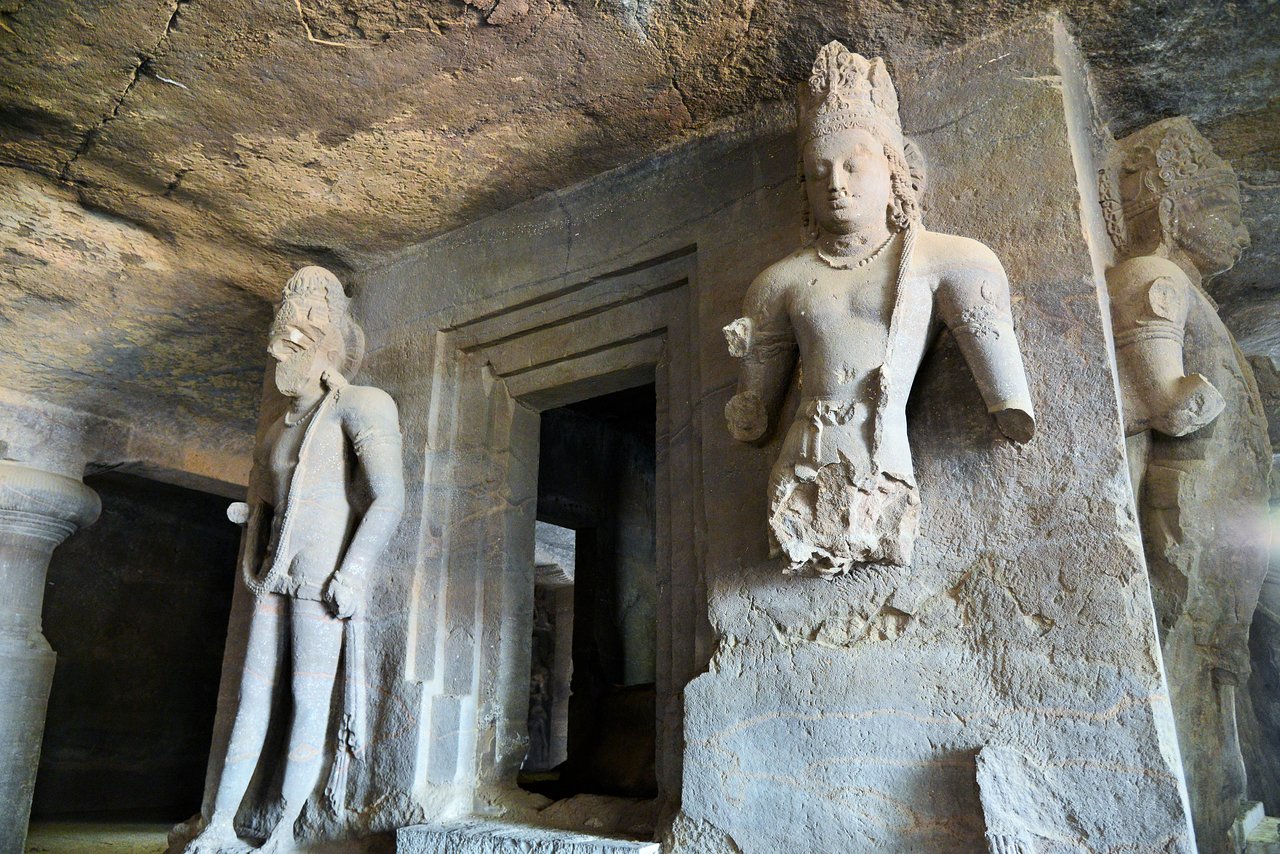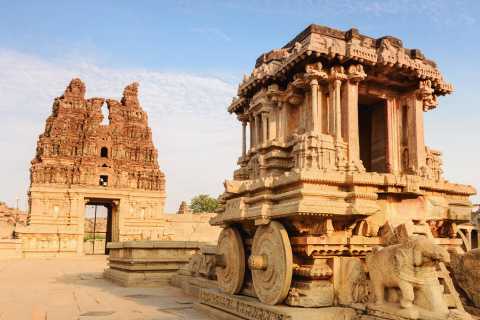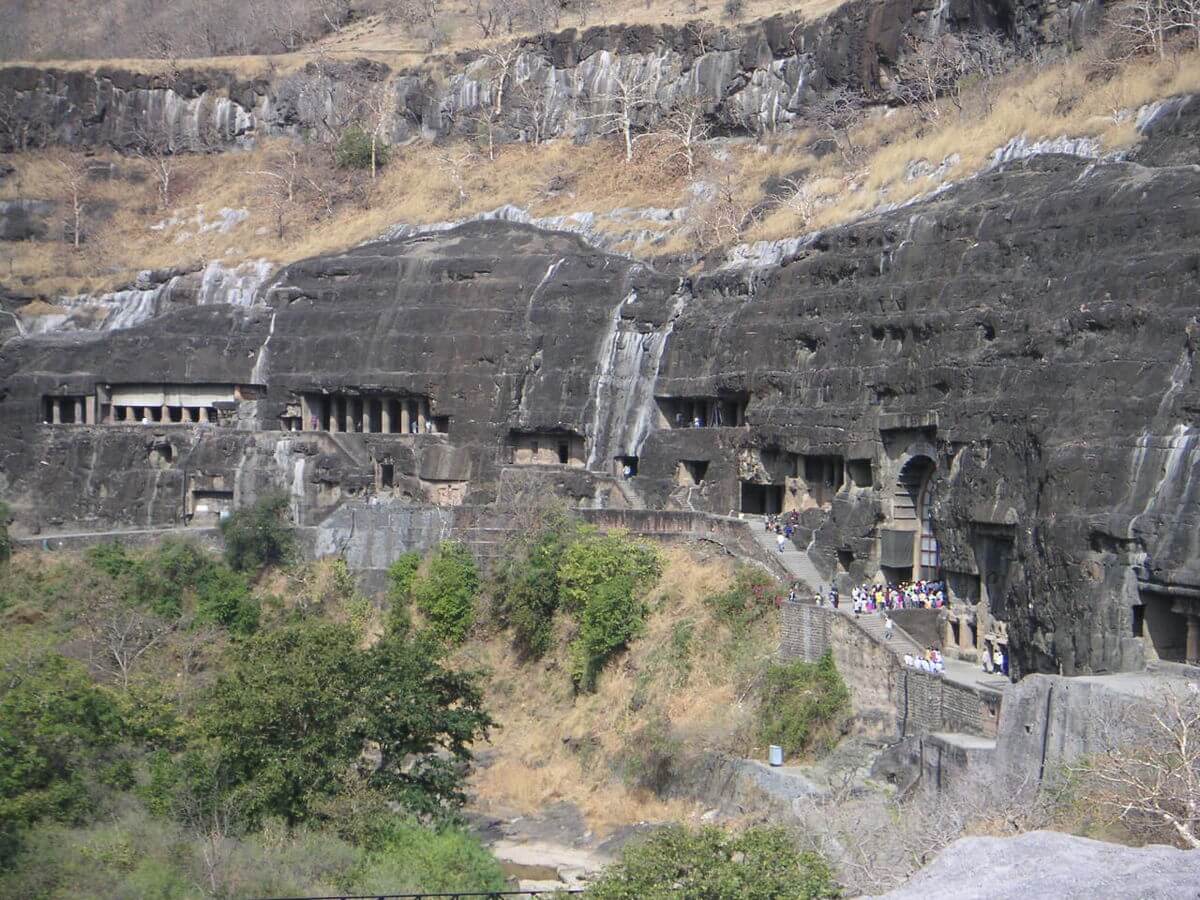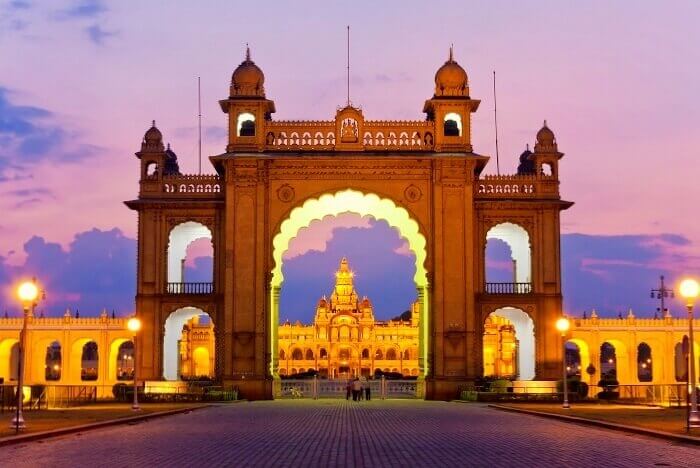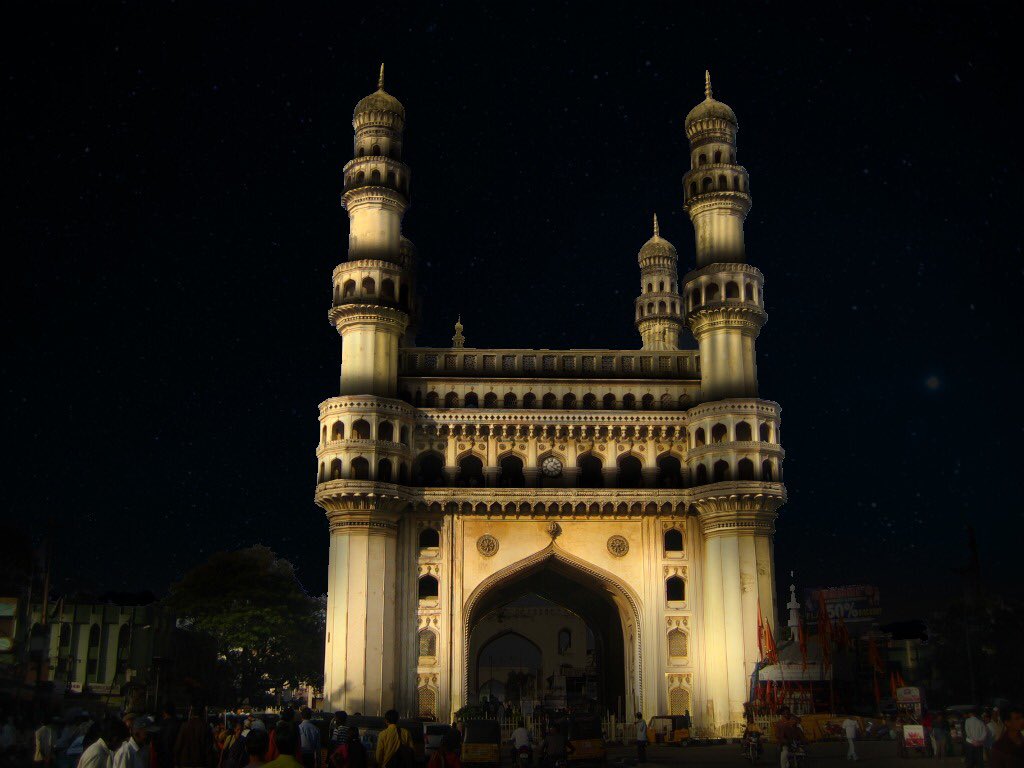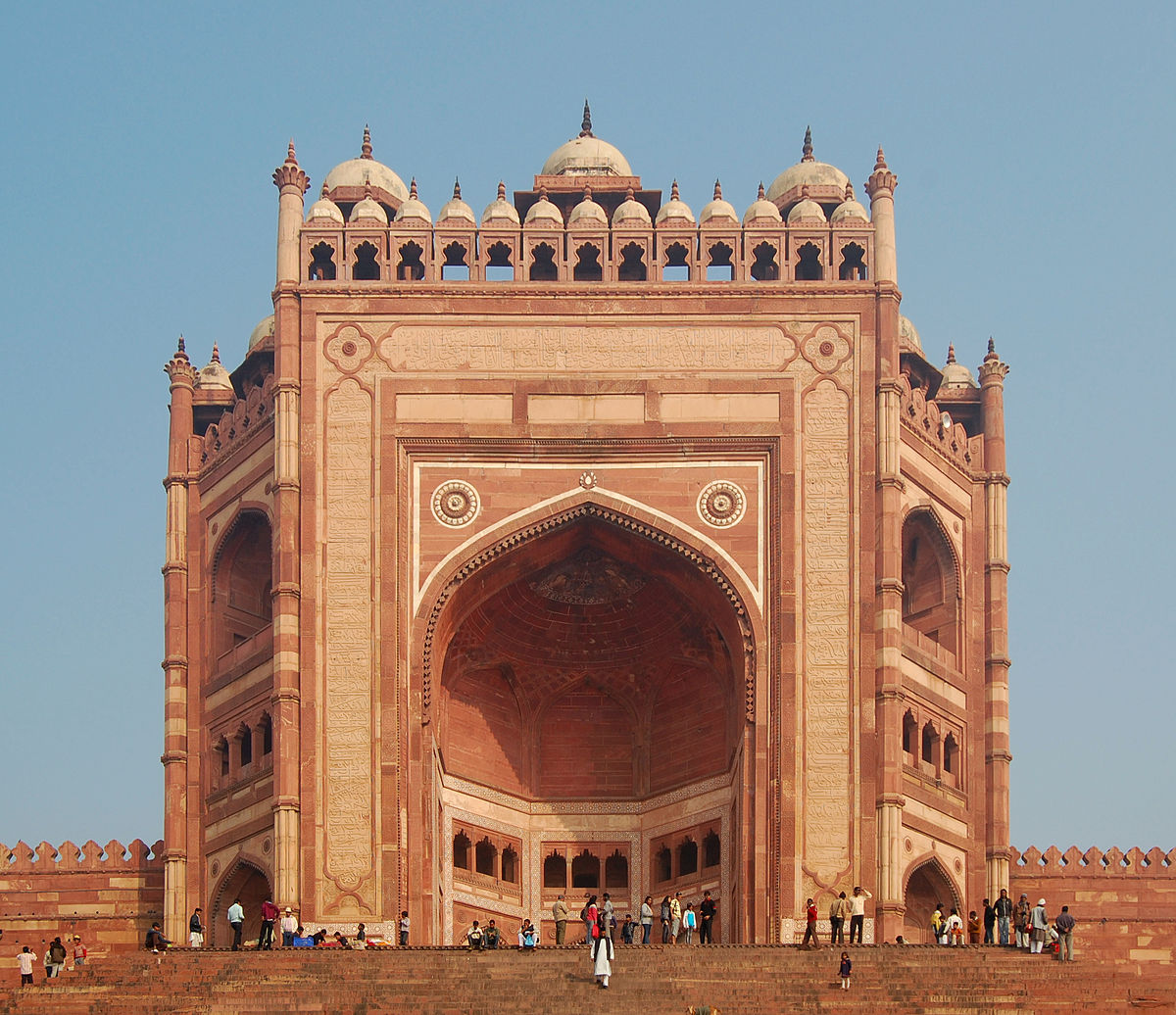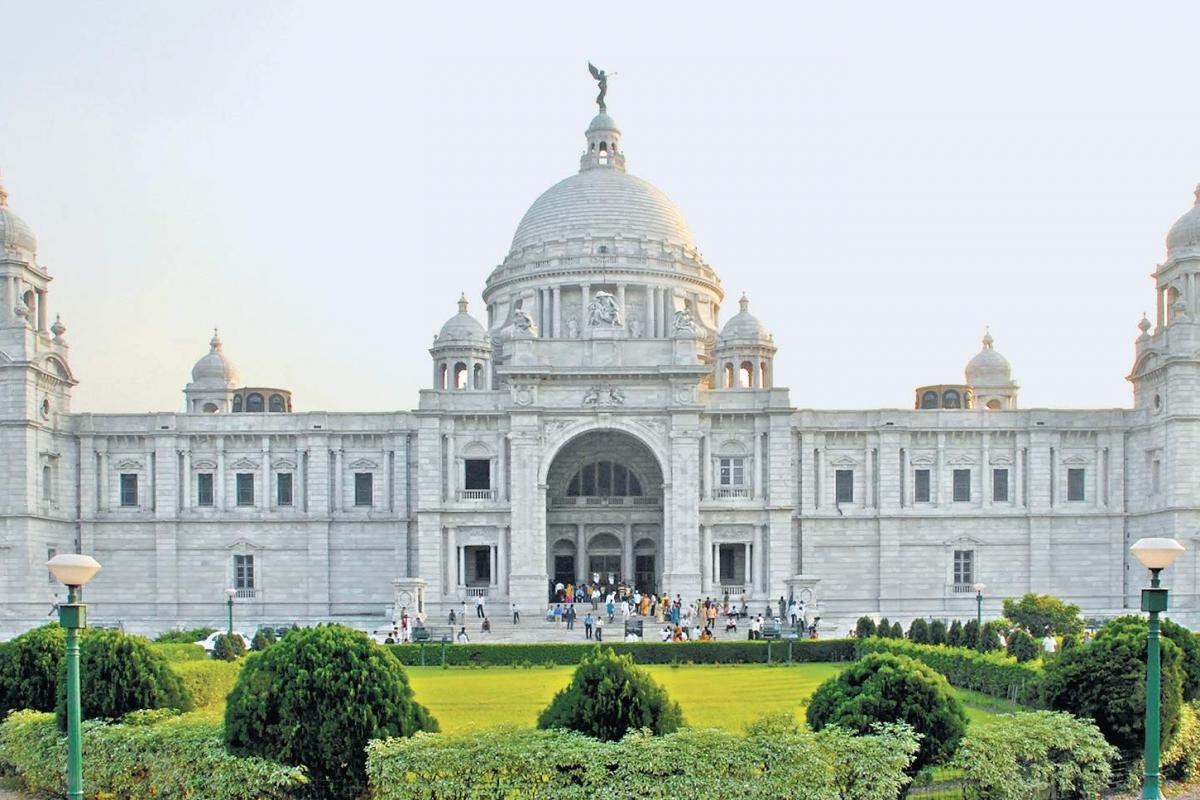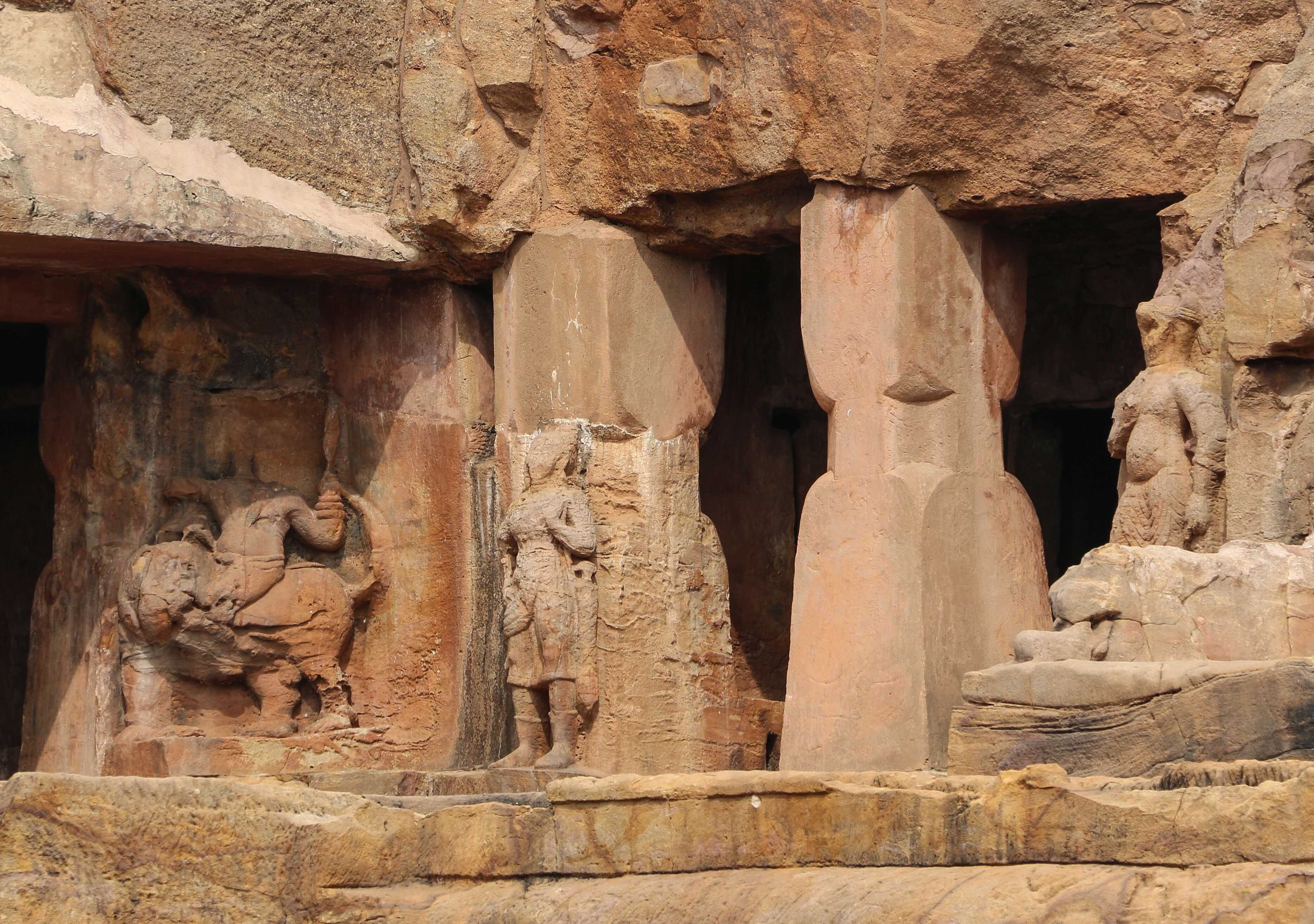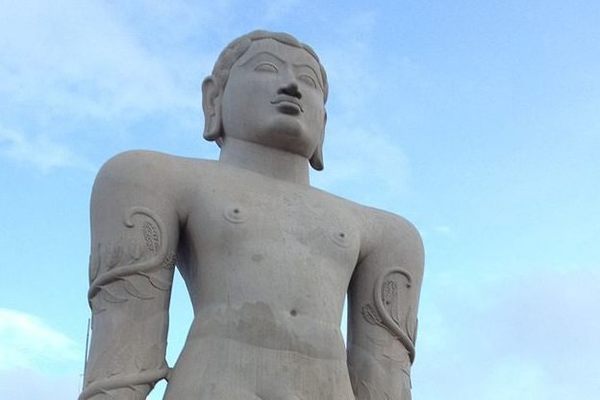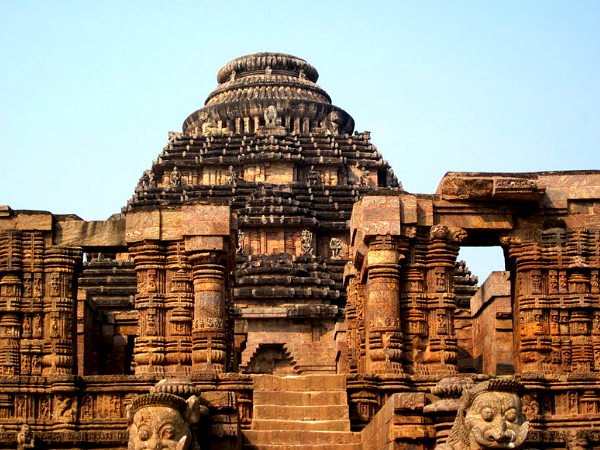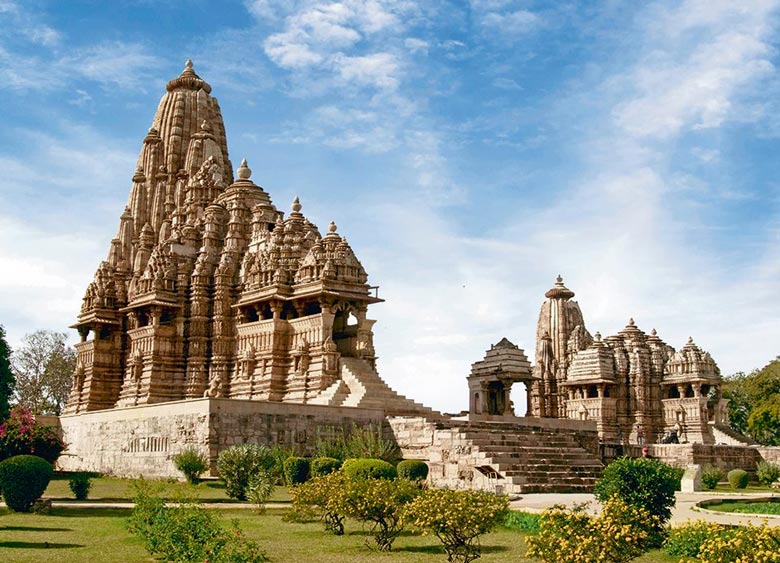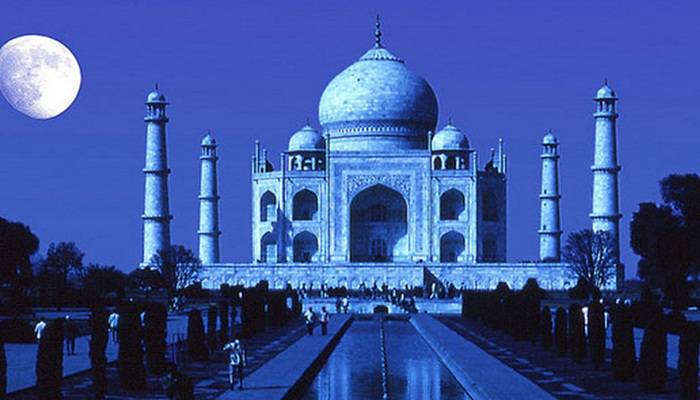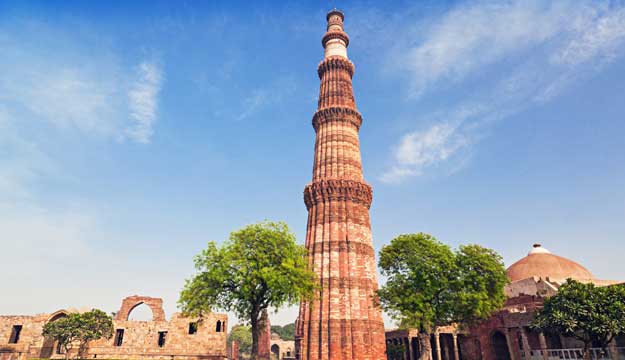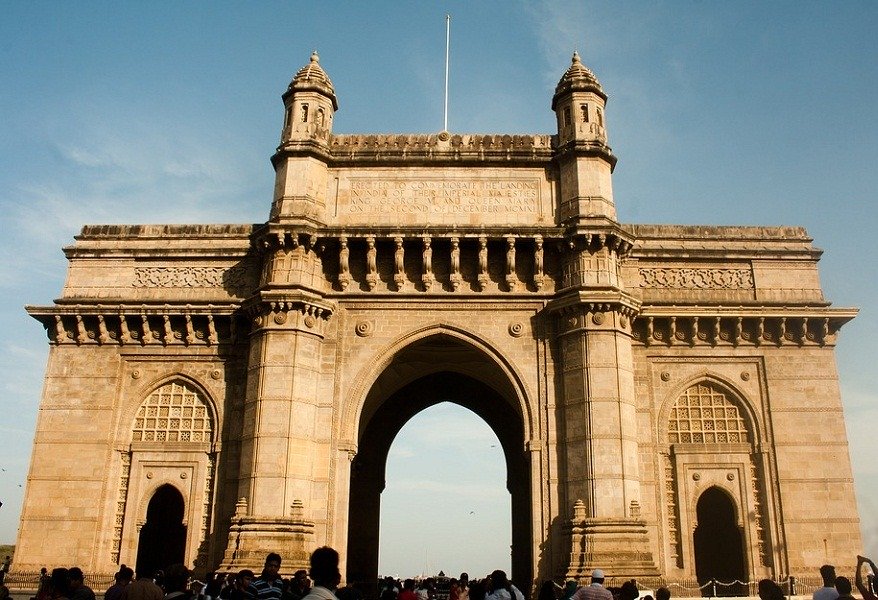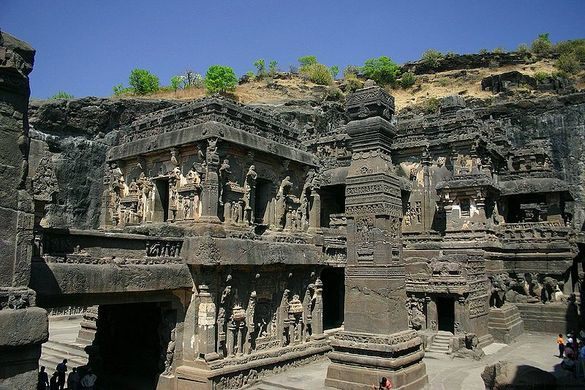- Home
- Monuments of India
- Elephanta Caves
Elephanta Caves
Elephanta Caves:
Country: India
State: Maharashtra
Location: Elephanta Island Mumbai
Timings; 9 am to 5:30 pm. It is closed on Mondays
How to reach: To reach Elephanta Caves one has to take a ferry from Gateway of India jetty. It takes one hour by sea to reach Elephanta Island.
Best time to visit: October to February as these months are pleasant.
Elephanta Island is an island off to Mumbai, Maharashtra, India where it is the home of Elephanta Caves. An hour long ferry drive from Gateway of India takes you to a different world of rock cut caves which are famous for its beautiful carvings. It is a UNESCO World Heritage Site which has cave temples mostly dedicated to Hindu god Shiva.
Locally known as Gharapuri the Elephanta caves are located 10 Kilometers east of Gateway of India. The cave consists of five Hindu caves and dew Buddhists stupa which date back to the 2nd century. It is another must visit monument of India.
The caves are located at the top of the hillock shaped island. Gharapuri is a small village near the island. The entire island is 2.4 km in length and with a height of 150 m. There are five rock cut caves in the western Hill and a brick stupa on the eastern Hill. The eastern Hill which is also called as Stupa Hill has two Buddhists mounds. Cave 1 or the great cave located on the Western Hill is the most visited cave in the Elephanta caves. Cave 1 is famous for its Shaivite depictions and reliefs from Hindu mythology. Caves 6 and 7 are on the rim of the eastern Hill. There is a small path connecting west and the east Hill.
History of Elephanta Caves
The origins and the history of the elephanta caves are still in dispute. The cave dates to the 5th and 9th century. Further studies on architectural style, and the inscriptions say that the cave temples may belong to the Kalachuri dynasty period.
There are also various Archaeological excavations which suggest that the island was very rich culturally and probably had human settlement by possibly the 2nd century. The Archaeological evidence further states that the cave temples were built in the 5th and 6th century. It is believed that the Elephanta site was first occupied by Hinayana Buddhists even before the arrivals of Brahmans. Coins of Kshatrapas dated to the 4th century were also found on the island. Some historians during the colonial period believe that the caves were built by the Rashtrakutas in the 7th century but however this has not been agreed and has been discredited by the later historians.
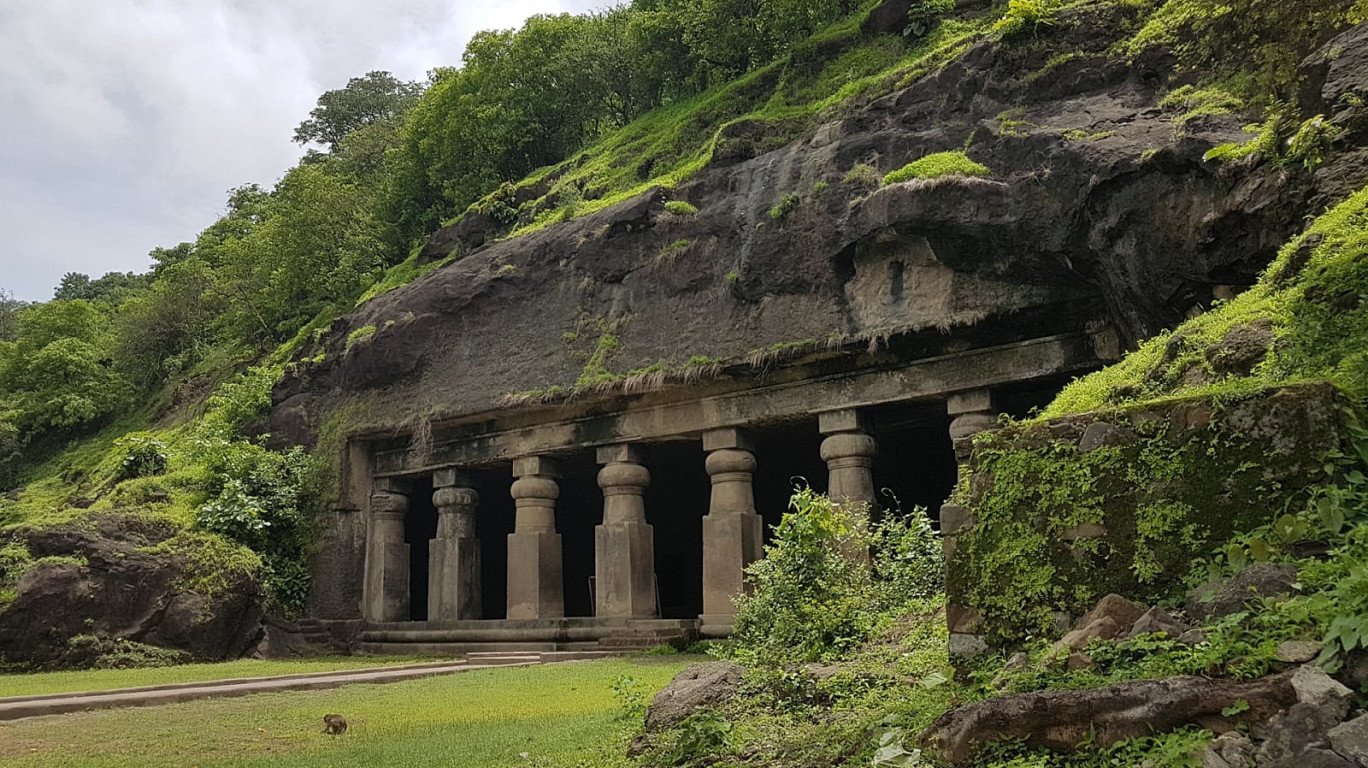 image credit-mumbailive.com
image credit-mumbailive.comAround the 6th century the Elephanta caves became as popular as Gharapuri caves. It later became part of Gujarat Sultanate rulers who later lost to Portuguese merchants in 1534. It was the Portuguese who later named it as “Elephanta Island” due to the presence of a huge rock cut statue of an elephant. The statue was damaged when it was tried to relocate it to England. However later it was moved to Victoria Gardens in 1864 and was reassembled by Cadell and Hewett in 1914. Now it is in Jijamata Udyaan in Mumbai.
The artwork in the historic Elephanta caves belong to different religious texts, Hindu Mythology, Puranas, Vedic texts, Pashuatha, Shaivism literature and the sculptures are considered as the commentary on Hindu culture and society. During the British period Mumbai was the important port city which made Elephanta caves to emerge as an important place for worship to Hindus. From 1872 on wards British started to charge the pilgrims with temple tax.
Description of Caves
Cut from the solid Basalt rock the island is made up of two rock cut caves. The Western Hill has five caves with Hindu sculpture and the eastern Hill has a huge stupa. The Western Hill is known as Canon Hill while the eastern Hill is known as Stupa Hill. Both the Hills are connected with a walkway. All caves here are rock cut temples with an area of 60,000 sq ft. Most of the caves have a main chamber, two lateral chambers, courtyards and subsidiary shrines. Here are some of the details of the caves:
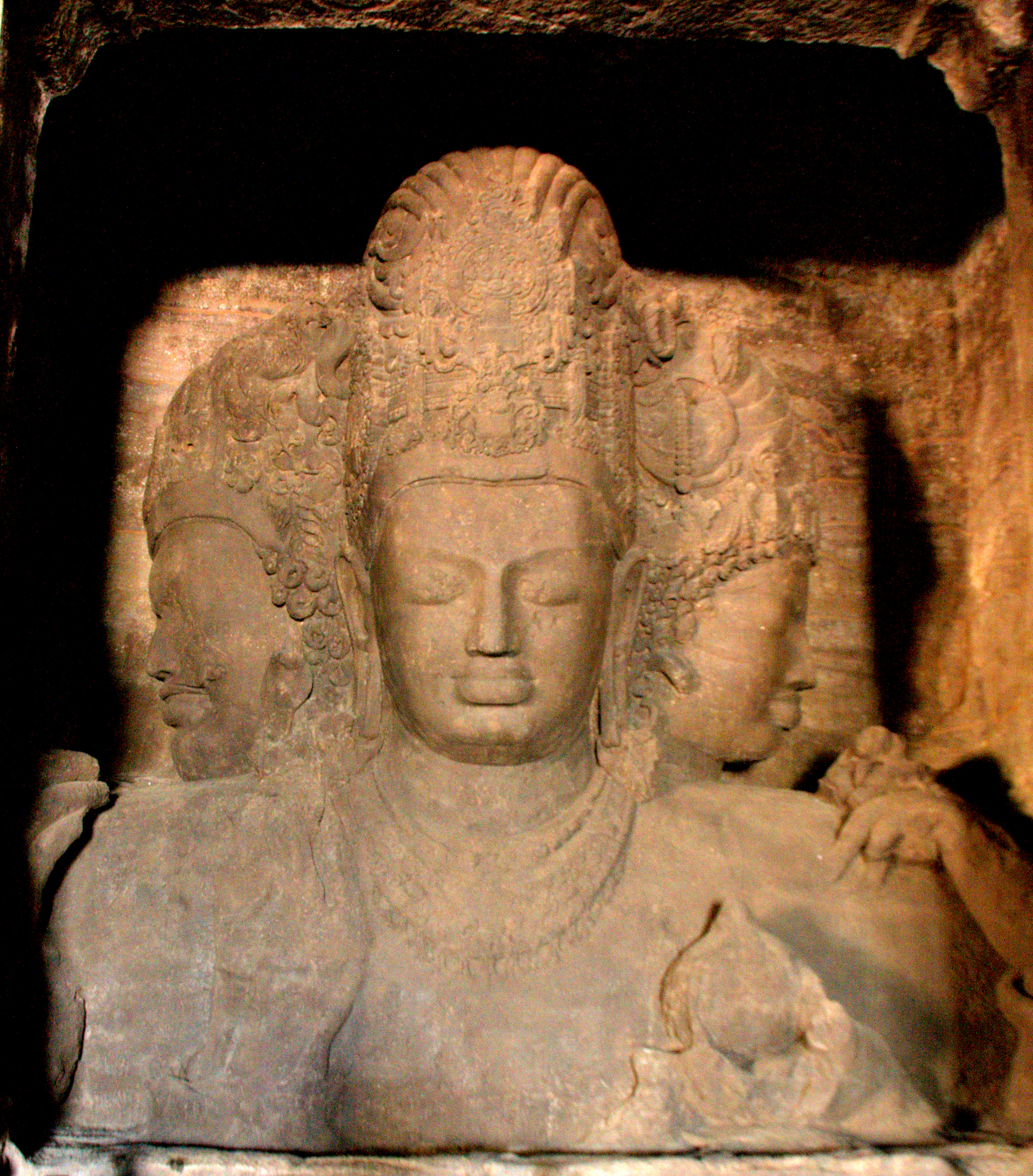 image credit--wikipedia.org
image credit--wikipedia.orgCave 1 or the great cave
After getting down from the ferry either you have to walk for one kilometre or take a toy train to reach the place. Cave 1 is the main cave which is also called a grand cave or great cave is square in shape with a mandapa surrounded by cells. One has to climb 120 steps to reach the cave. Even though the cave has many entrances the main entrance is small and narrow. Cave 1 is 128 ft deep from the front entrance to the back.
Each entrance has dvarapalakas with a total of eight dvarapalakas. They are not in good shape anymore. The architecture looks quite similar to Buddhists vihars like the pillars, three open porticos and an aisle at the back. The temple complex has huge sculptures of different forms of Lord Shiva. The garbha griha is on the side of the main hall. The linga in garbha griha has pradhakshina path and has a mandapa.
The northern entrance has two sculptures of Lord Shiva which are dated to be of Gupta period. However both are damaged very badly. Each wall has huge carvings of Lord Shiva and his other legends. At the centre is the huge relief of Shiva as Trimurti. It is on the south wall also called as Sadhashiva. Trimurti or the three heads represents creation, protection and destruction.
To the left of Trimurti is the Ardhanarisvara (combination of half shiva and half Parvati) and to the right is the Gangadhara. In the Gangadhara image both Shiva and Parvati are in the standing position and lord Shiva is shown as bringing Ganges down from heaven to serve mankind. Some of the other important carvings include Nataraja, Yogishvara and the wedding of Lord Shiva and Parvati, Mount Kailash, Ravanagraha.
Elephanta Caves Canon hill 2-5
Canon Hill: Cave 2-5
Cave 2 is incomplete and the front portion of the cave was completely destroyed. It was restored in 1970 with four square pillars. Cave 3 which is adjacent to cave 2 has a portico with three chambers. Cave 4 is also in ruins now and the shrine in the back has a linga. Cave 5 is unfinished and has nothing inside.
Stupa Hill Cave 6 and 7:
Cave 6 also known as Sitabai cave temple is on the eastern hill. Cave 6 has a large hall ith three chambers, a shrine and a resting place for monks. During the Portuguese rule cave 6 was converted and was used as a Christian church. Cave 7 has nothing much except a small verandah and a dry pond. There are a large number of Buddhists cisterns along the shore. Close to the cistern is the large mound which is identified as stupa and dates back to the 2nd century.
Restoration work at Elephanta Caves:
The Archaeological Survey of India manages and maintains the Elephanta caves now. It is responsible for some of the important works like monitoring, stabilizing the rock, construction of pillars or support for rock structures where it is damaged and also maintains visitors facilities and on site museums.
Some of the sculptures which were damaged are kept in various museums all over India. For example the Durga statue, only the buffalo demon with Durga legs and some waist surviving is kept in Chhatrapati Shivaji Maharaj vastu Sangrahalaya.
Elephanta Festival
One of the most important festivals organised by the Maharashtra Tourism Development Corporation to promote Mumbai culture is the Elephanta Festival. It is held in the month of February in Elephanta Islands. It is a festival of dance and music with the entire island being transformed into an auditorium. The festival starts with a beautiful folk dance from the local fishermen called Koli. There would also be a Shenai program at the Gateway of India.
How to reach Elephanta Caves
Elephanta Ferry:
To go to Elephanta Caves one has to go to Gateway of India and has to buy tickets for the ferry. It takes one hour to reach the island by sea. The ferry charges around 150 Rs for a two way trip. The first ferry starts at 9 am from gateway of India. Frequency of the ferry is very good as there is a boat to Elephanta caves for every 10 minutes. The first ferry leaving elephanta Island to Mumbai is at 12 noon and the last is at 5:30 pm.
Nearest Railway station:
Churgate is the nearest railway station. It is one of the oldest and busiest railway stations which connects to the rest of the city.
Nearest Airport:
Chhatrapati Shivaji international airport in Mumbai is the nearest airport . It is very well connected to different cities of India and different countries internationally
Update on coronavirus in India
Affiliate Disclosure:
If you make any purchase via a link on this site, I may receive a small commission with no added cost to you.
